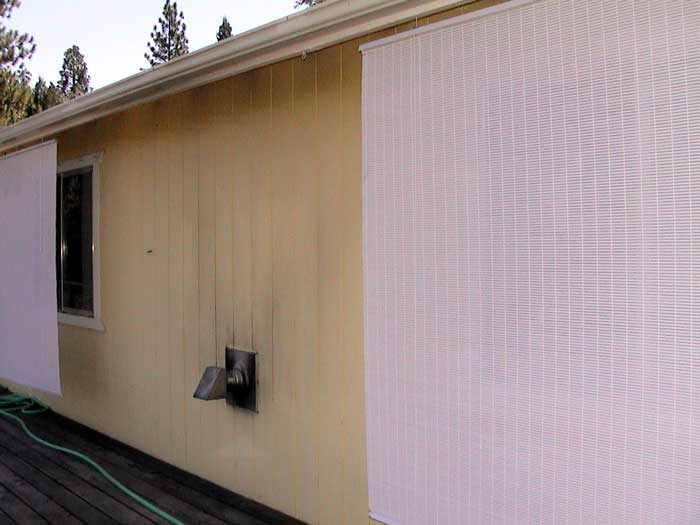clemsonfor
Super Member
Like a few others have said you need the heat to create draft or the cold outside air will be "falling" down the chimney causing possibly the exhaust to not leave but part to creep into the home. Possible not saying it will happen. A short starter pipe is better than nothing.
I put my wood stove insert inmy older fireplace with clay liners i had 2 and they were like 13x7 or something. The 2 of them togeather was to much for my stove that if lined uses an 8" liner. So the result was poor heat and a fire that was not as hot as it should be. One liner if you looked was blowing smoke the other nothing. When i got up there one was sucking the other was blowing, a constant circle effect coming in one liner and mixing in the area above the stove with exhaust and then exiting the other liner. NO smok in the house it just wasent pulling enough air throught the stove to get a good complete burn. Store told me to block off the liner it was sucking through, and it was fine.
My point to this is that to much area can negatively effect your stove.
I put my wood stove insert inmy older fireplace with clay liners i had 2 and they were like 13x7 or something. The 2 of them togeather was to much for my stove that if lined uses an 8" liner. So the result was poor heat and a fire that was not as hot as it should be. One liner if you looked was blowing smoke the other nothing. When i got up there one was sucking the other was blowing, a constant circle effect coming in one liner and mixing in the area above the stove with exhaust and then exiting the other liner. NO smok in the house it just wasent pulling enough air throught the stove to get a good complete burn. Store told me to block off the liner it was sucking through, and it was fine.
My point to this is that to much area can negatively effect your stove.

